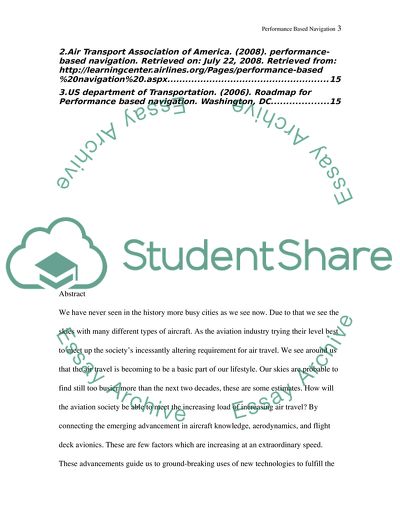Cite this document
(Performance-Based Navigation Research Paper Example | Topics and Well Written Essays - 2250 words, n.d.)
Performance-Based Navigation Research Paper Example | Topics and Well Written Essays - 2250 words. https://studentshare.org/technology/1715187-performance-based-navigation
Performance-Based Navigation Research Paper Example | Topics and Well Written Essays - 2250 words. https://studentshare.org/technology/1715187-performance-based-navigation
(Performance-Based Navigation Research Paper Example | Topics and Well Written Essays - 2250 Words)
Performance-Based Navigation Research Paper Example | Topics and Well Written Essays - 2250 Words. https://studentshare.org/technology/1715187-performance-based-navigation.
Performance-Based Navigation Research Paper Example | Topics and Well Written Essays - 2250 Words. https://studentshare.org/technology/1715187-performance-based-navigation.
“Performance-Based Navigation Research Paper Example | Topics and Well Written Essays - 2250 Words”. https://studentshare.org/technology/1715187-performance-based-navigation.


